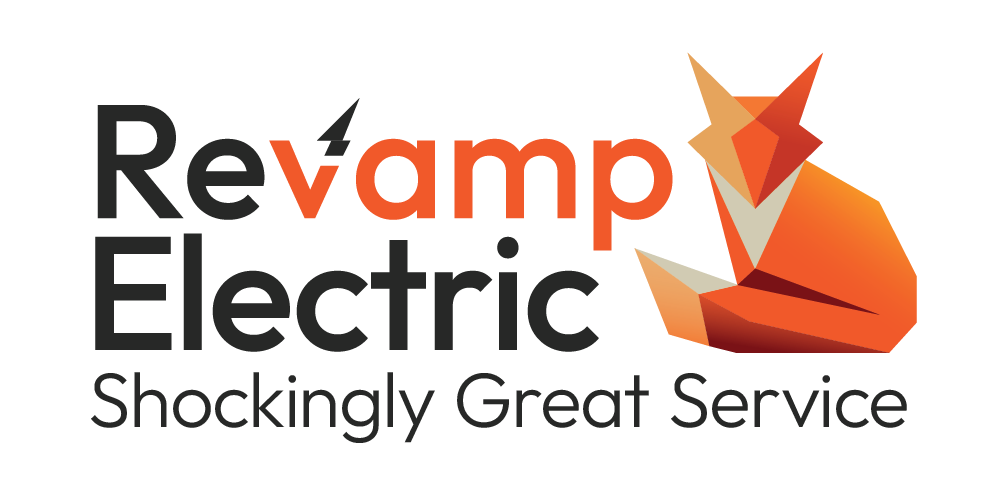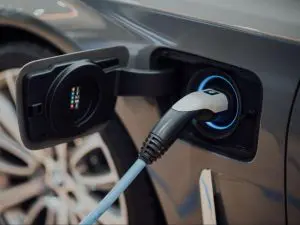In the era of the Internet of Things (IoT) and the ever-increasing reliance on electronic devices in our homes, the need for reliable surge protection has become more crucial than ever before. Power surges caused by lightning strikes, utility grid fluctuations, or electrical system malfunctions can wreak havoc on our expensive gadgets, leading to costly repairs and even complete data loss. In response to this growing concern, traditional surge protectors have evolved into smart surge protectors, offering advanced features and benefits that cater to the demands of modern, connected homes.
A smart surge protector is an intelligent power strip equipped with innovative technologies that go beyond basic surge protection. These devices integrate seamlessly into a connected home ecosystem, allowing users to remotely control their power outlets, monitor energy consumption, and protect sensitive electronics from potential hazards. This article delves into the various advantages and features of smart surge protectors and explores why upgrading to this cutting-edge technology can significantly enhance the safety and convenience of your connected home.
Enhanced Surge Protection
At its core, the primary function of a surge protector is to safeguard electrical devices from voltage spikes and surges. Traditional surge protectors use metal oxide varistors (MOVs) to divert excess voltage away from connected devices. While this offers basic protection, smart surge protectors take it to the next level.
Smart surge protectors utilize advanced surge protection circuits and technologies that can react faster and withstand higher levels of power spikes. Some models even offer multiple stages of surge protection to ensure the utmost safety for your devices. By upgrading to a smart surge protector, you can have peace of mind knowing that your expensive electronics are shielded from power fluctuations effectively.
Remote Access and Control
One of the key advantages of a smart surge protector is the ability to remotely control the power supply to individual outlets. Through Wi-Fi or Bluetooth connectivity, users can access the smart surge protector’s interface via their smartphones or tablets. This remote accessibility brings about a host of benefits:
Convenience: Forgot to turn off a device before leaving home? With a remote control, you can power off any connected device with a simple tap on your smartphone, eliminating the need to rush back home or worry about energy wastage.
Scheduling: Smart surge protectors often come with scheduling features, allowing users to program specific times for power outlets to turn on or off automatically. This feature is particularly useful for controlling devices like lamps, coffee makers, or heaters, enabling you to simulate occupancy while away and save energy when not needed.
Voice Control: Many smart surge protectors are compatible with popular voice assistants like Amazon Alexa, Google Assistant, or Apple’s Siri. This integration empowers users to control connected devices with voice commands, adding an extra layer of convenience and making it easier to manage your smart home ecosystem.
Energy Monitoring and Efficiency
Smart surge protectors often include built-in energy monitoring capabilities. This means that you can track the energy consumption of individual devices in real time through the companion smartphone app. This feature provides valuable insights into your electricity usage patterns, helping you identify energy-hungry devices and potentially lowering your utility bills.
Moreover, you can set energy usage thresholds and receive notifications when a connected device exceeds these limits. This not only promotes energy efficiency but also helps detect malfunctioning or faulty electronics that may be drawing excessive power, avoiding potential fire hazards and ensuring safer operation within your connected home.
Surge Protector Health Indicators
Traditional surge protectors lack the ability to communicate their health status to users. However, smart surge protectors often come equipped with indicator lights and app notifications that signal the device’s health and surge protection capabilities.
For instance, if the surge protector has taken a significant hit during a power surge, it might indicate that it needs replacement. This proactive approach to surge protector maintenance ensures that you never have a false sense of security when it comes to safeguarding your electronics.
Integrated USB Charging Ports
Many smart surge protectors are designed with integrated USB charging ports, providing a convenient way to charge smartphones, tablets, and other USB-powered devices without the need for additional adapters or chargers. These USB ports often offer smart charging capabilities, optimizing the charging speed and adapting to the power requirements of the connected devices.
The inclusion of USB ports reduces clutter and frees up power outlets for other essential devices, making the smart surge protector an ideal charging hub for your smart home gadgets.
Features of Smart Surge Protectors
Multiple Outlets with Individual Control
Smart surge protectors typically offer multiple power outlets, each with individual control. This allows users to turn on or off specific outlets remotely or schedule their operation independently. For example, you can have a separate schedule for entertainment devices in the living room, kitchen appliances, and study room electronics, all tailored to your daily routine.
Surge Protection Indicator
Smart surge protectors often incorporate an indicator light to display the status of surge protection. A green light indicates that the surge protection is active and the connected devices are safe, while a red or blinking light may indicate that the surge protection is compromised and the device needs replacement.
Overload Protection
Overloading a power strip can lead to overheating and potentially cause a fire. Smart surge protectors typically come with overload protection, automatically shutting off power to the connected devices if the total power draw exceeds the surge protector’s capacity.
EMI/RFI Noise Filtering
Electromagnetic interference (EMI) and radio frequency interference (RFI) can negatively impact the performance of sensitive electronic devices. Smart surge protectors often include EMI/RFI noise filtering, which suppresses such interference, ensuring the optimal functioning of your devices.
Ground and Wiring Fault Detection
Smart surge protectors may also feature ground and wiring fault detection mechanisms. These capabilities help identify electrical issues in the home’s wiring or grounding system, alerting users to potential safety hazards and ensuring the integrity of the electrical system.
Compact and Sleek Design
Most smart surge protectors are designed to be sleek and compact, taking up minimal space in your home while blending seamlessly with your existing decor.
Smart Home Integration
As mentioned earlier, many smart surge protectors are compatible with popular smart home ecosystems like Amazon Alexa, Google Assistant, and Apple’s Siri. This integration allows you to include the surge protector in your broader smart home routines and control it using voice commands.
Upgrading to a smart surge protector is a wise investment for any connected home. These intelligent power strips offer enhanced surge protection, remote access and control, energy monitoring, and a host of other useful features. By ensuring the safety of your valuable electronic devices, optimizing energy consumption, and simplifying the management of your smart home ecosystem, smart surge protectors truly embody the essence of modern home automation.



